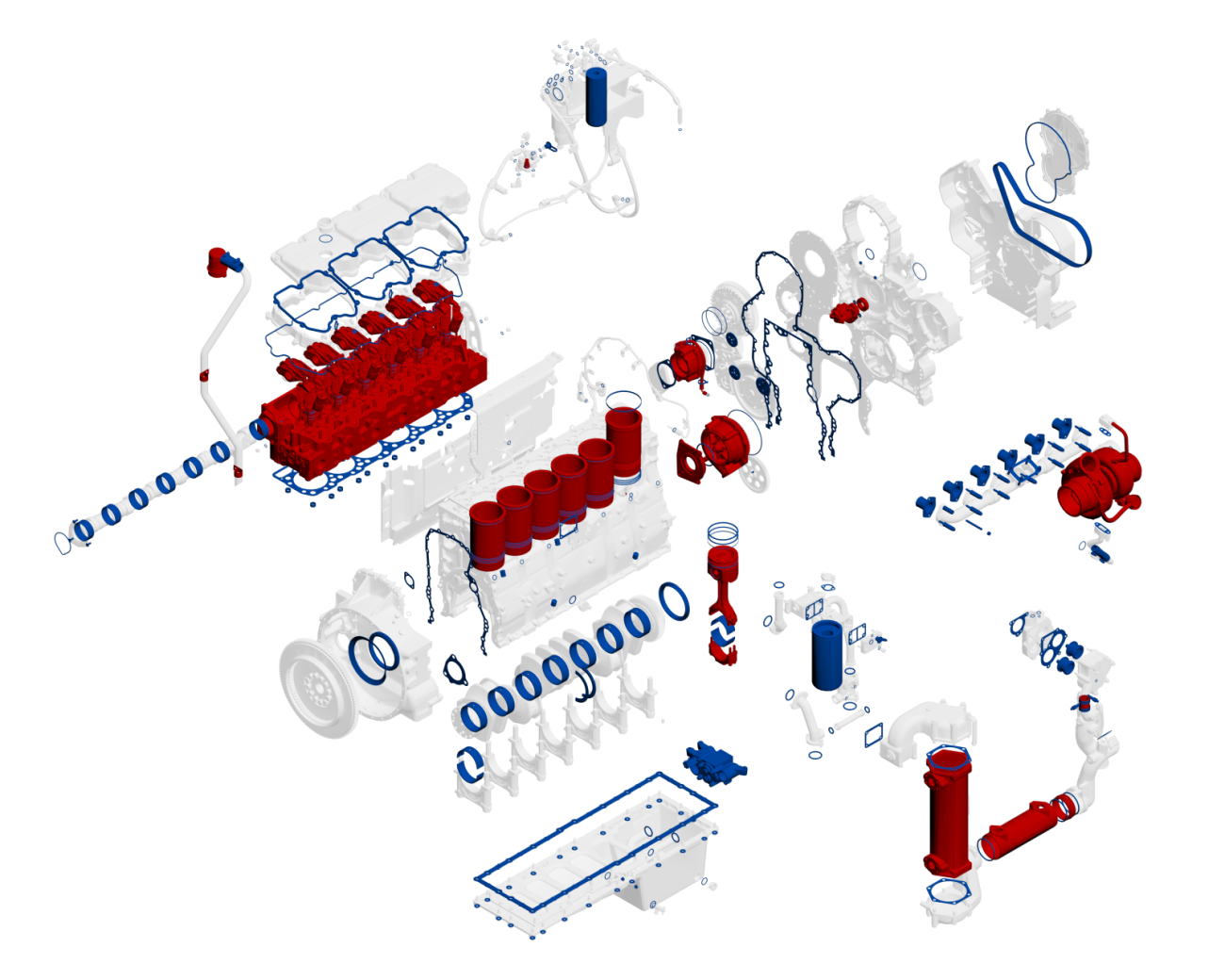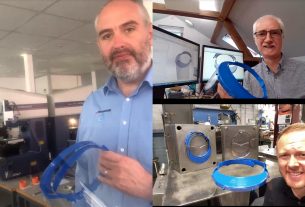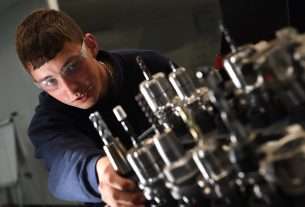In the British sitcom Only Fools and Horses, the character Trigger once remarked that he had owned the same broom for 25 years — the secret to its long life was 17 new heads and 14 new handles. Though power generation technology is far more important than Trigger’s handy broom, they can be kept in service longer using the same approach. Here David Carter, Product Manager for Engines & Drive Train at Finning UK & Ireland, explores the benefits of rebuilding engines.
With scheduled preventative maintenance and fluid analysis, diesel and gas engines can last anywhere between 10,000 to 30,000 hours before requiring a major overhaul. Previously, many operators would simply replace the engine when it reached the end of its life.
Operators can now order a complete rebuild of their engine before it breaks down, which provides them with an engine built at a lower cost than buying new and using high-quality genuine Cat® parts. Re-engineering for the installation of a new engine may also prove more expensive for an operator. There are various types of rebuild available, but each one involves restoring the engine’s power and fluid consumption levels. The engine will also receive a fresh parts and service warranty, like a new engine.
Choosing a rebuild
If operators are working with a limited budget, they can select a lower range rebuild that involves reconditioning the engine’s cylinder heads and renewing the piston rings and liners. Meanwhile, a mid-range option also involves replacing slower-wearing parts in-situ with Cat Reman, such as piston pack groups, lube oil and water pumps.
Operators working with a larger budget can order a full workshop recondition, where the engine is removed from the operator’s site and rebuilt at one of our specialist component rebuild centres across the UK and Ireland. A complete strip and inspection will be carried out to Caterpillar reuse and re-salvage guidelines. All other major components will be renewed with Cat Reman along with all gaskets, seals, bearings and filters. Operators can also expect renewed exhaust system hardware, hoses, repaint and fresh decals.
To ensure reliability, the engine will also undergo a post-rebuild dynamometer test, which includes checks on power, system pressures and temperatures. Conducting standard performance tests after the rebuild also ensures that the asset is reliable and will continue to run efficiently long term.
Avoiding downtime
In the past, engine operators risked unplanned asset failure because they would keep the engine running until it reached the end of its life. While running an engine to failure may seem like an attractive option financially to delay capital expenditure, what the operator is compromising on is engine performance during the late stages of its life. Legacy engines can be much less efficient and productive than they were to begin with.
Consider this example. A crane is designed to move a certain number of containers every hour but is running with an engine nearing the end of its life. Because it is no longer operating efficiently, it cannot move containers quickly enough, which means the operator has to run it for longer hours, increasing costs. When an engine breaks down entirely, a replacement from the original equipment manufacturer (OEM) can be expensive and operators must factor in delivery and extended lead times.
Operators can now reduce unplanned failures by carrying out a full recondition before the engine reaches the end of its life. This means the operator can plan for whether a rental replacement is needed, or to shut down part of their facility in a controlled way that doesn’t interrupt business operations. This means operators have time to negotiate the best deal, without the time pressure of downtime weighing on their shoulders.
While there is a big difference between rebuilding a broom and a diesel or gas engine, operators can keep their equipment running for the long term in the same way that Trigger did with his broom. Rather than waiting for a breakdown and then buying new, operators can benefit from a full recondition before the engine reaches the end of its lifecycle.
Our team of Cat certified engineers will conduct a comprehensive health check of your engine and advise on what repair level you need. We have engineer coverage across the whole of the UK and Ireland, meaning we can react promptly to operator and customer requests. For more information on our repair and rebuild options, visit https://www.finning.com/en_GB/services/aftercare/aftercare-Industries.html.




